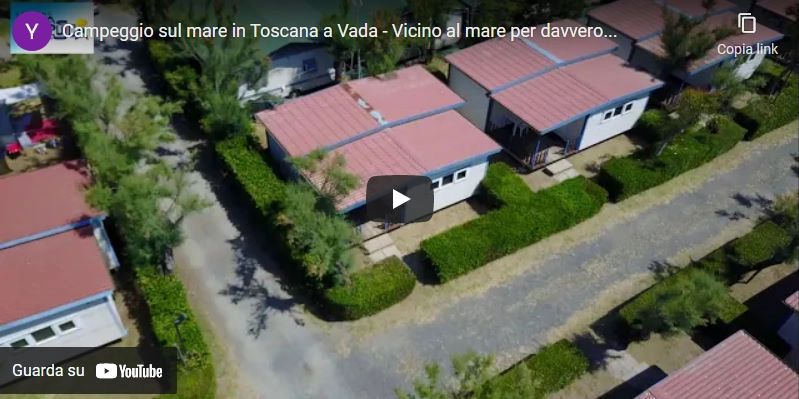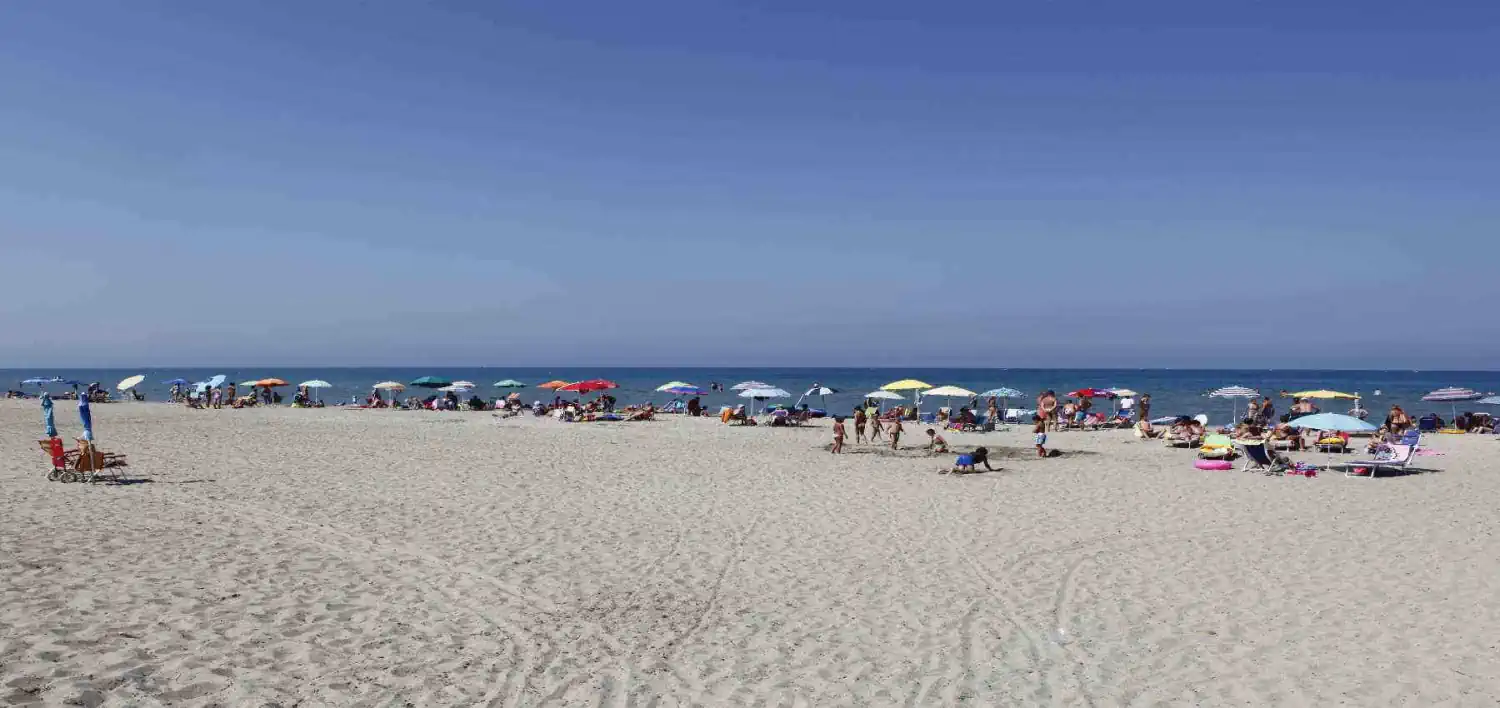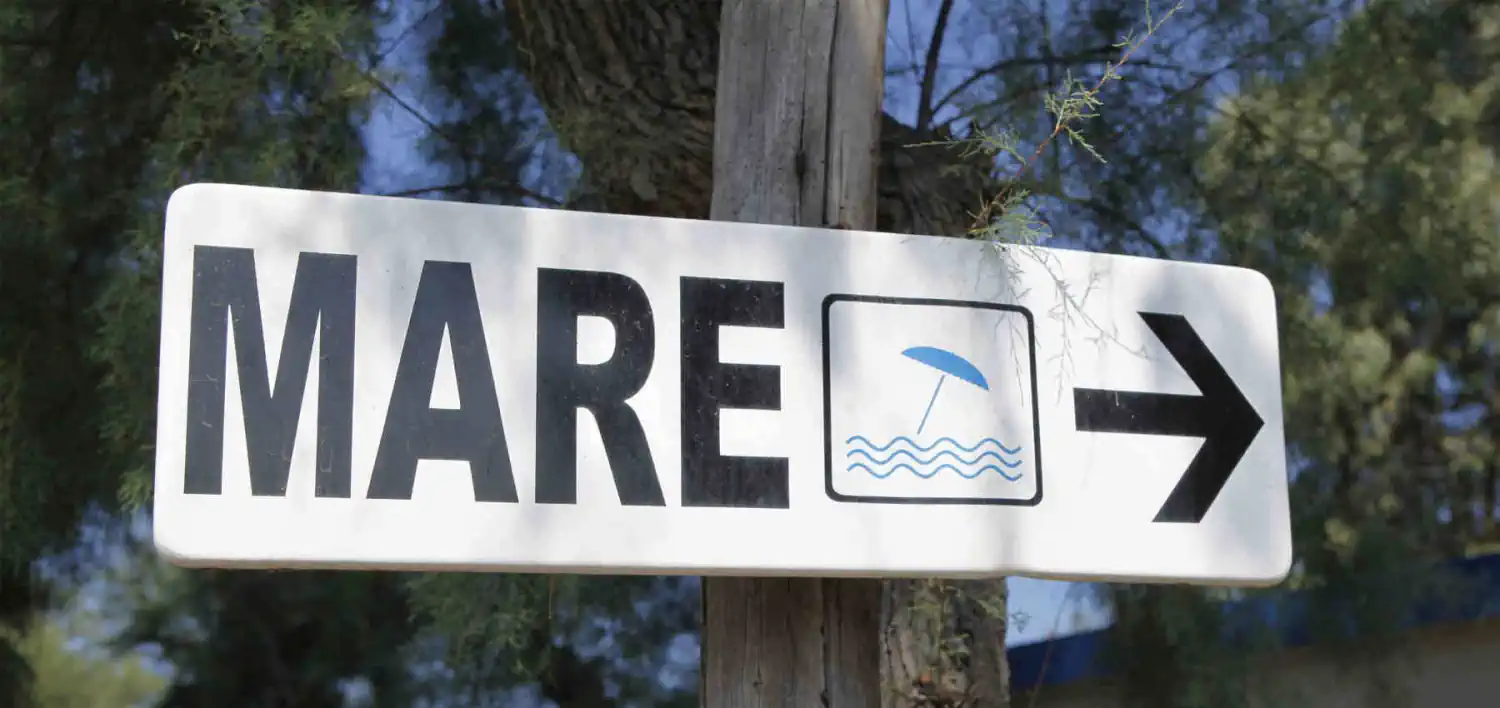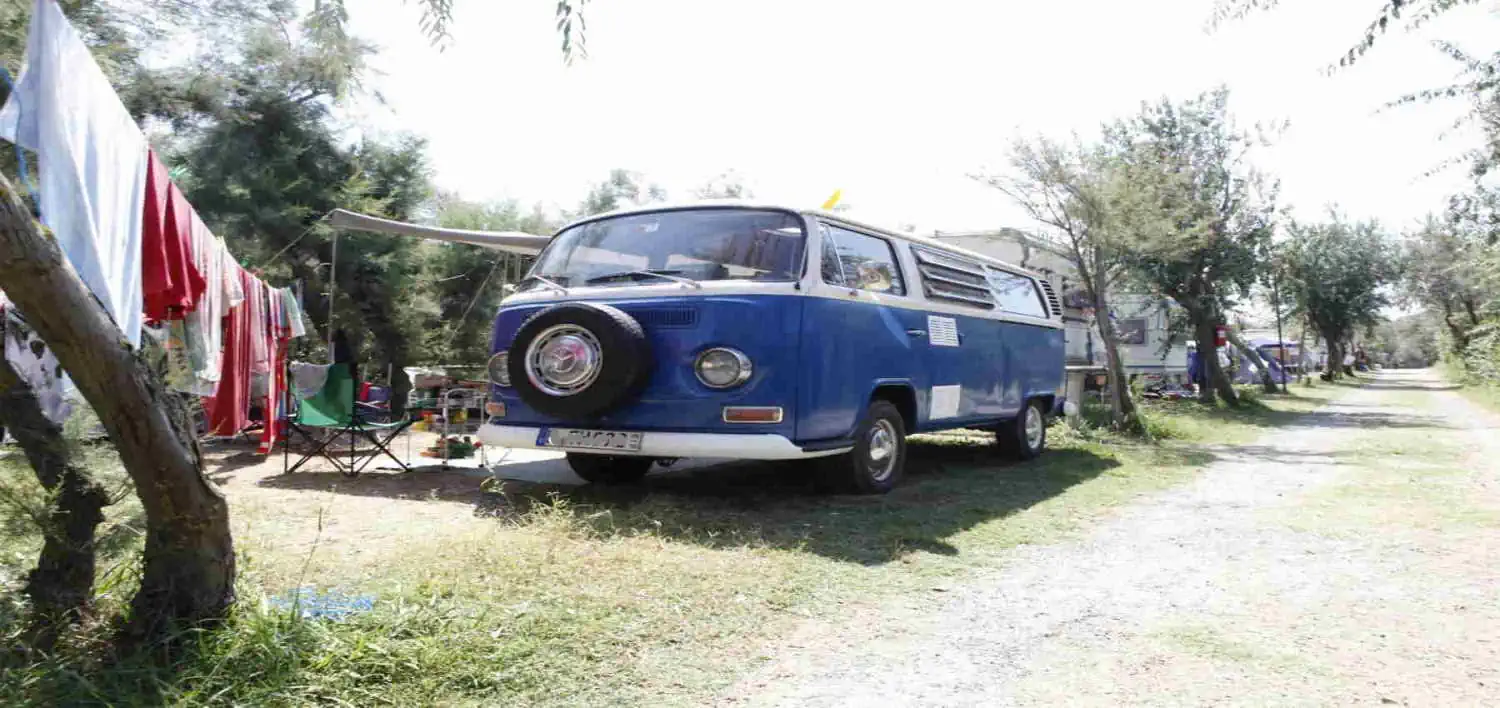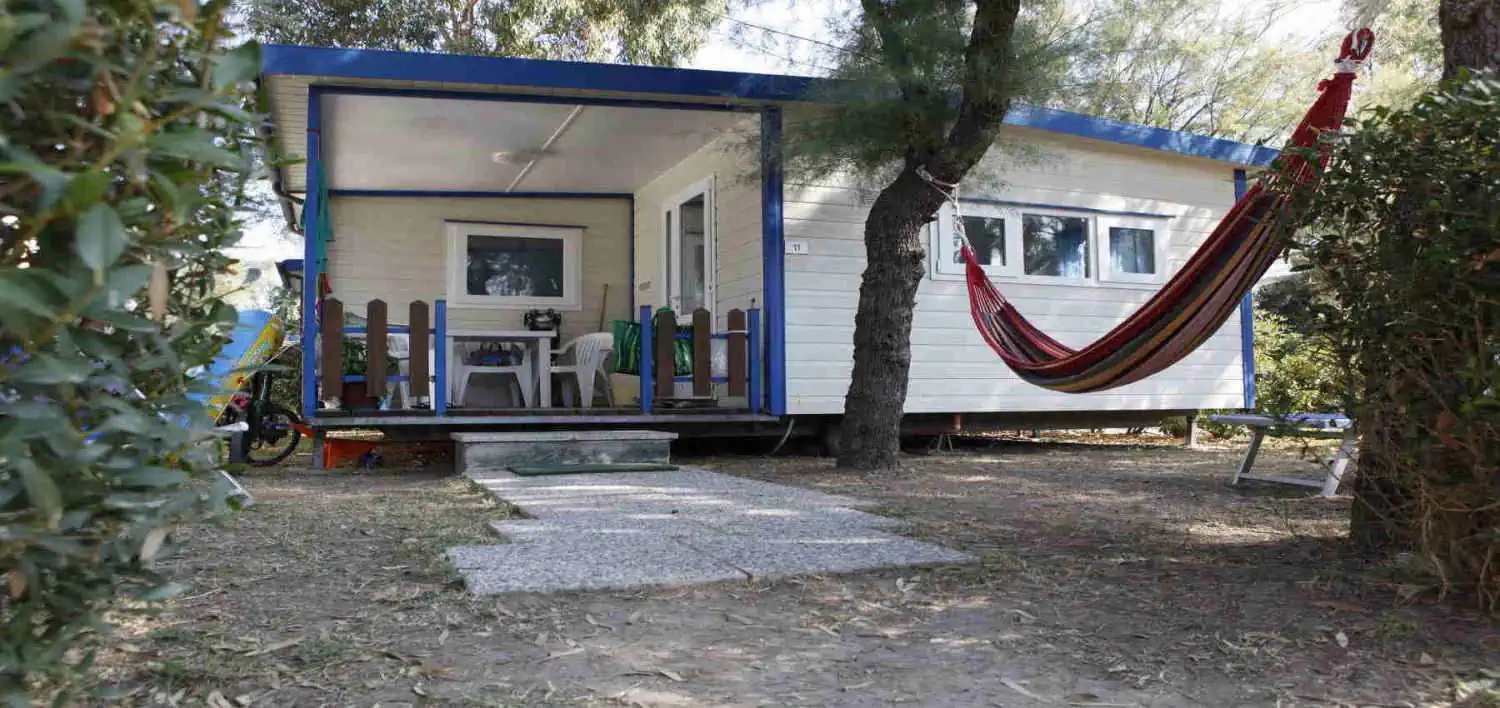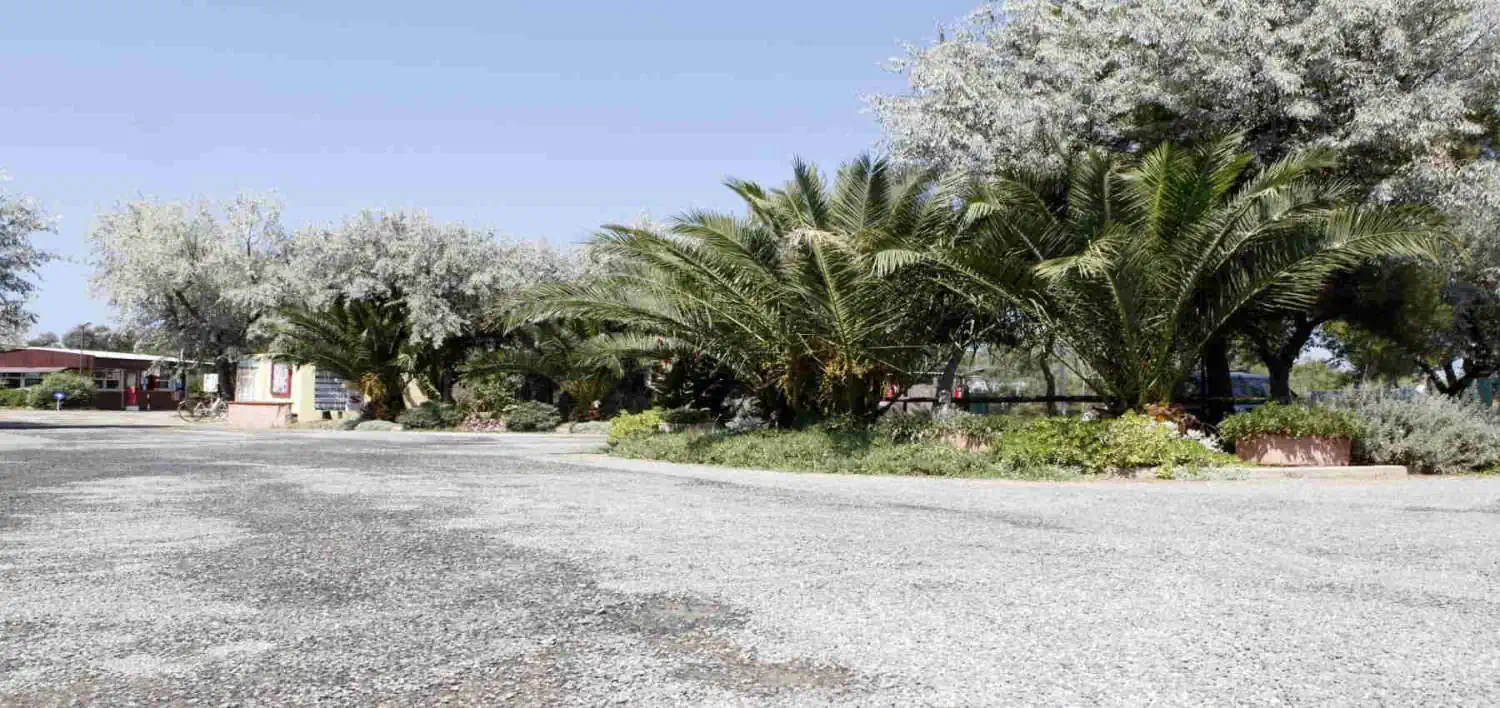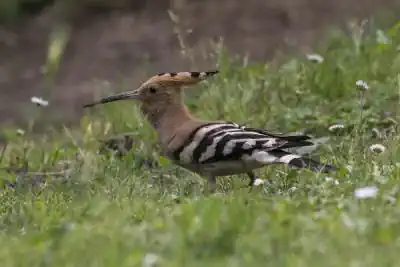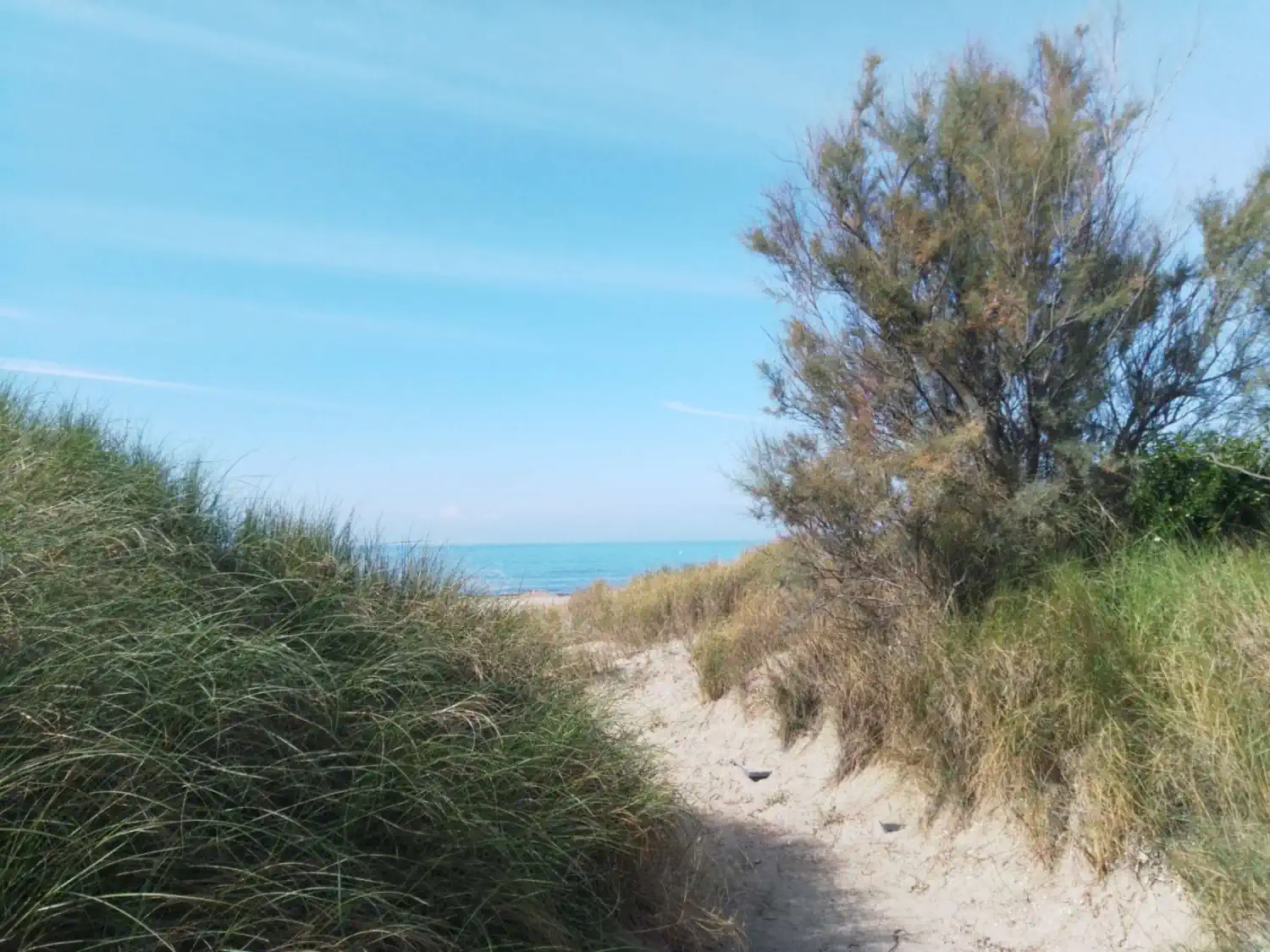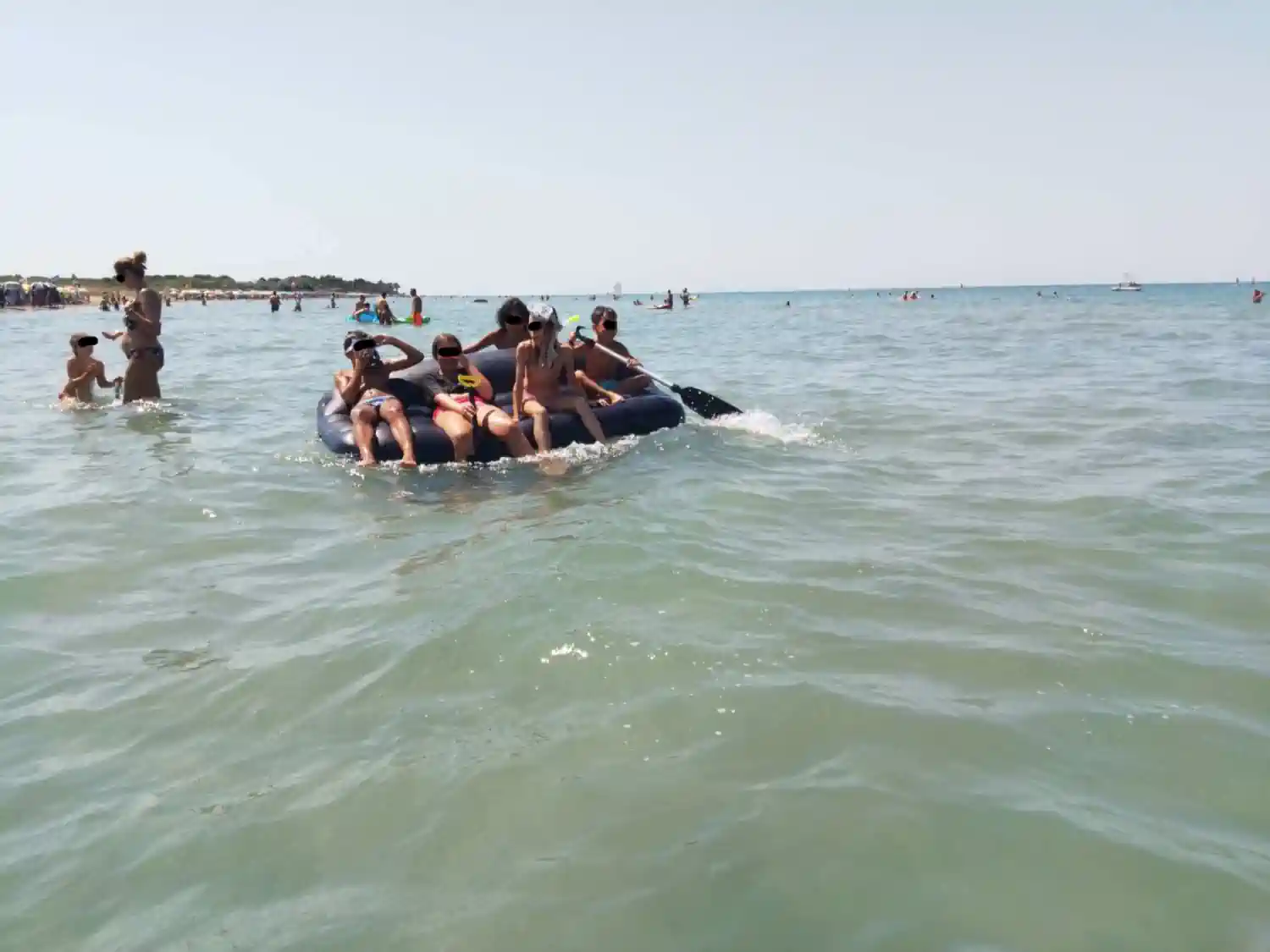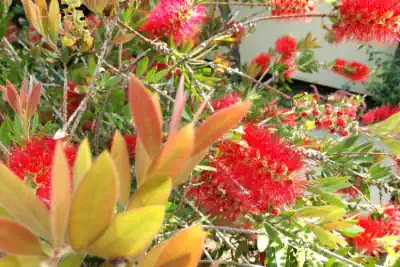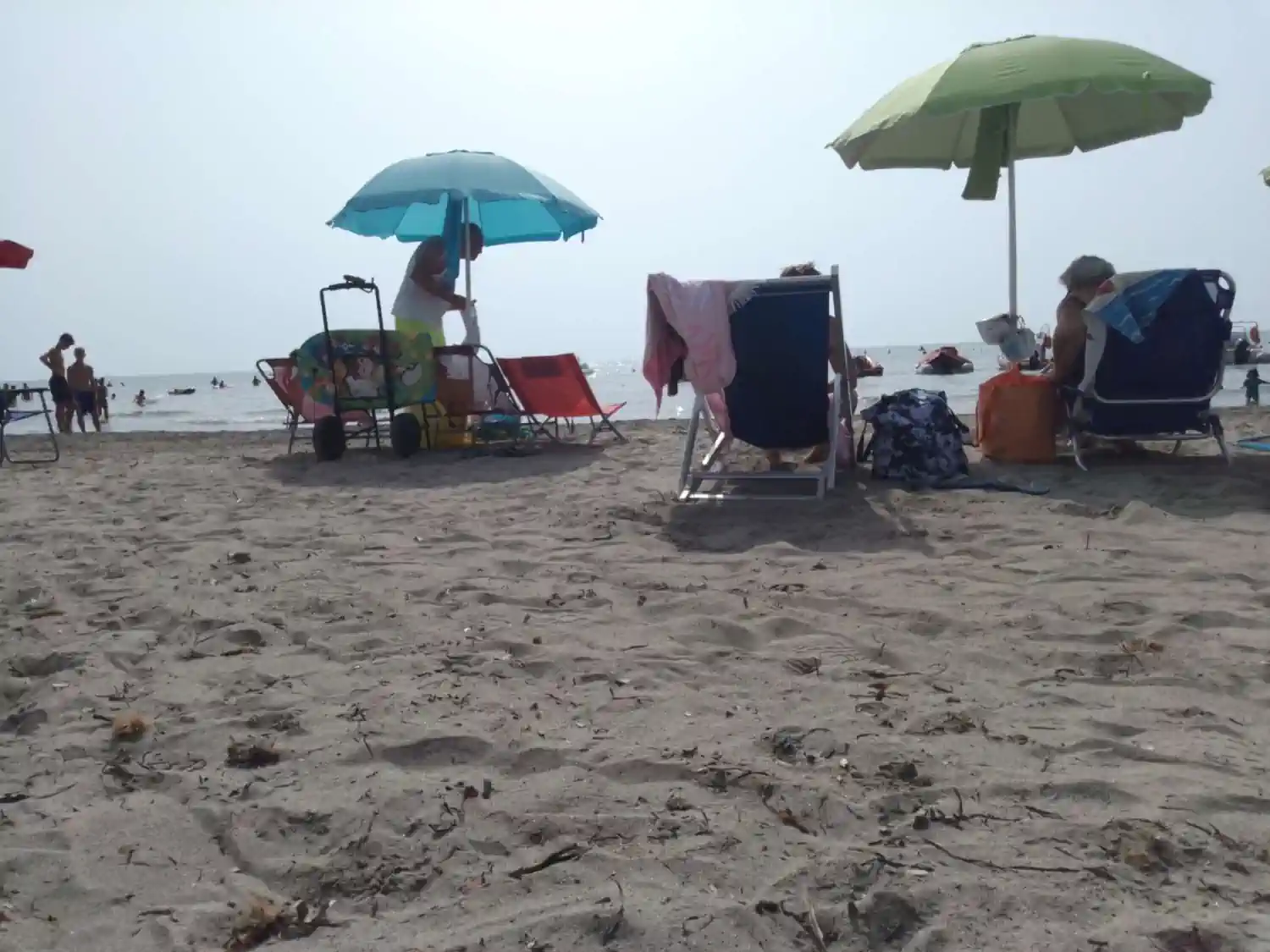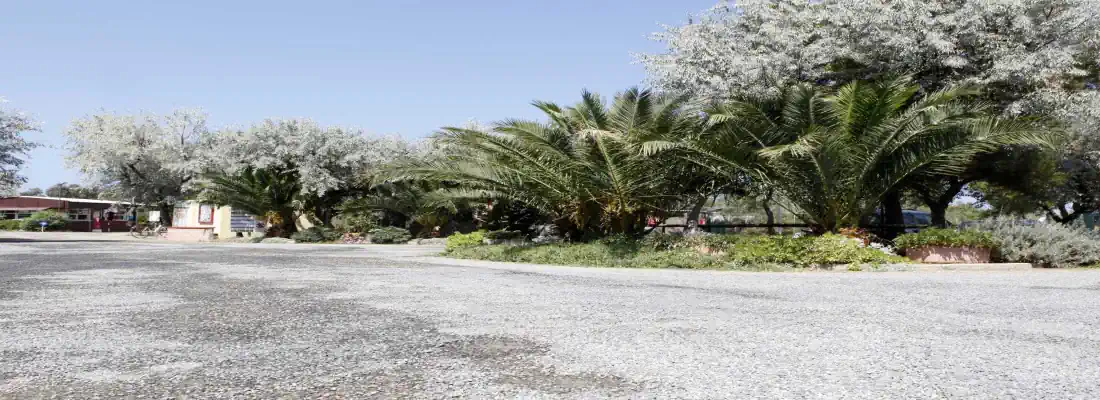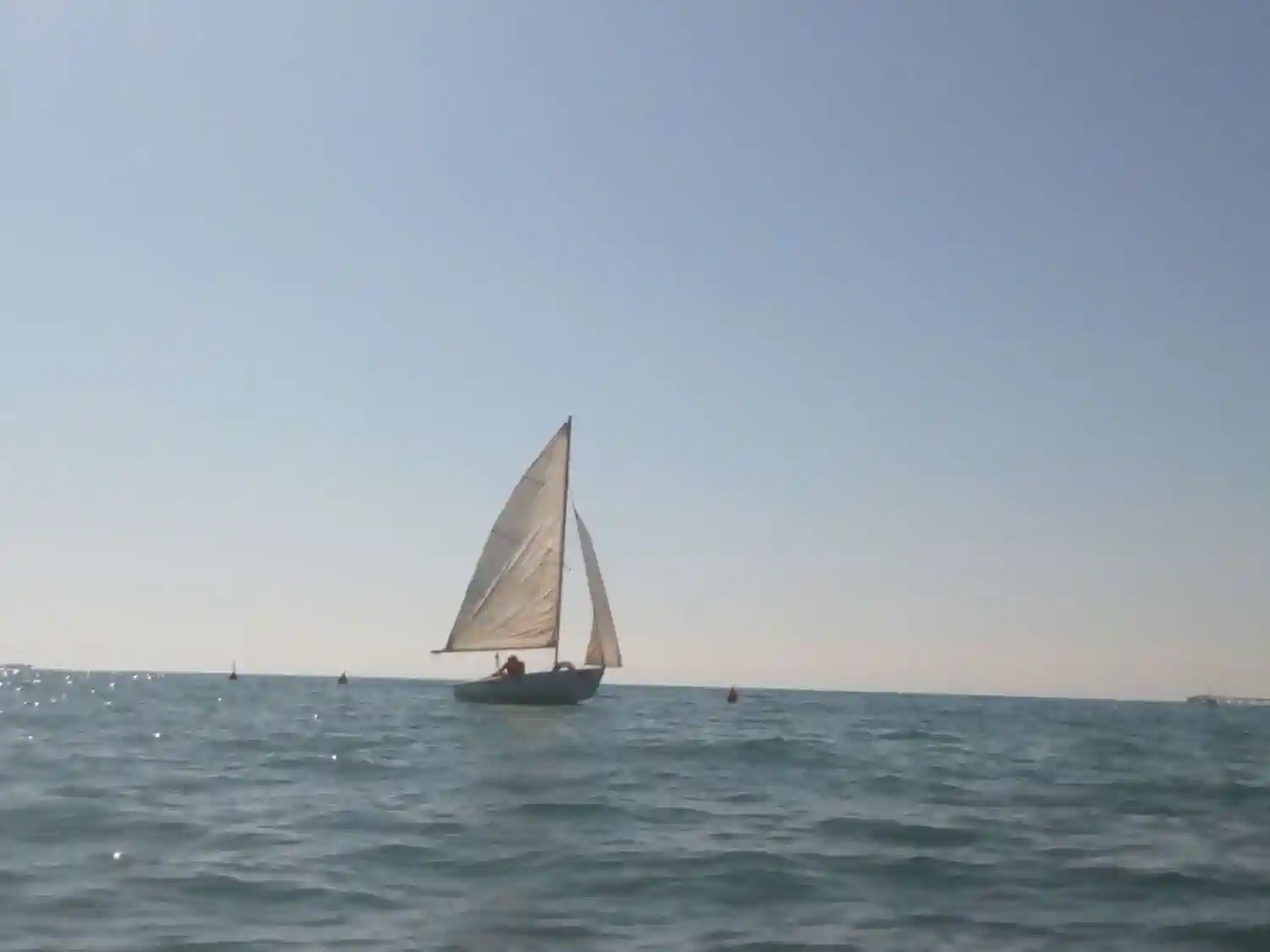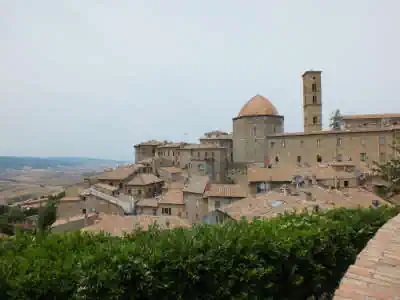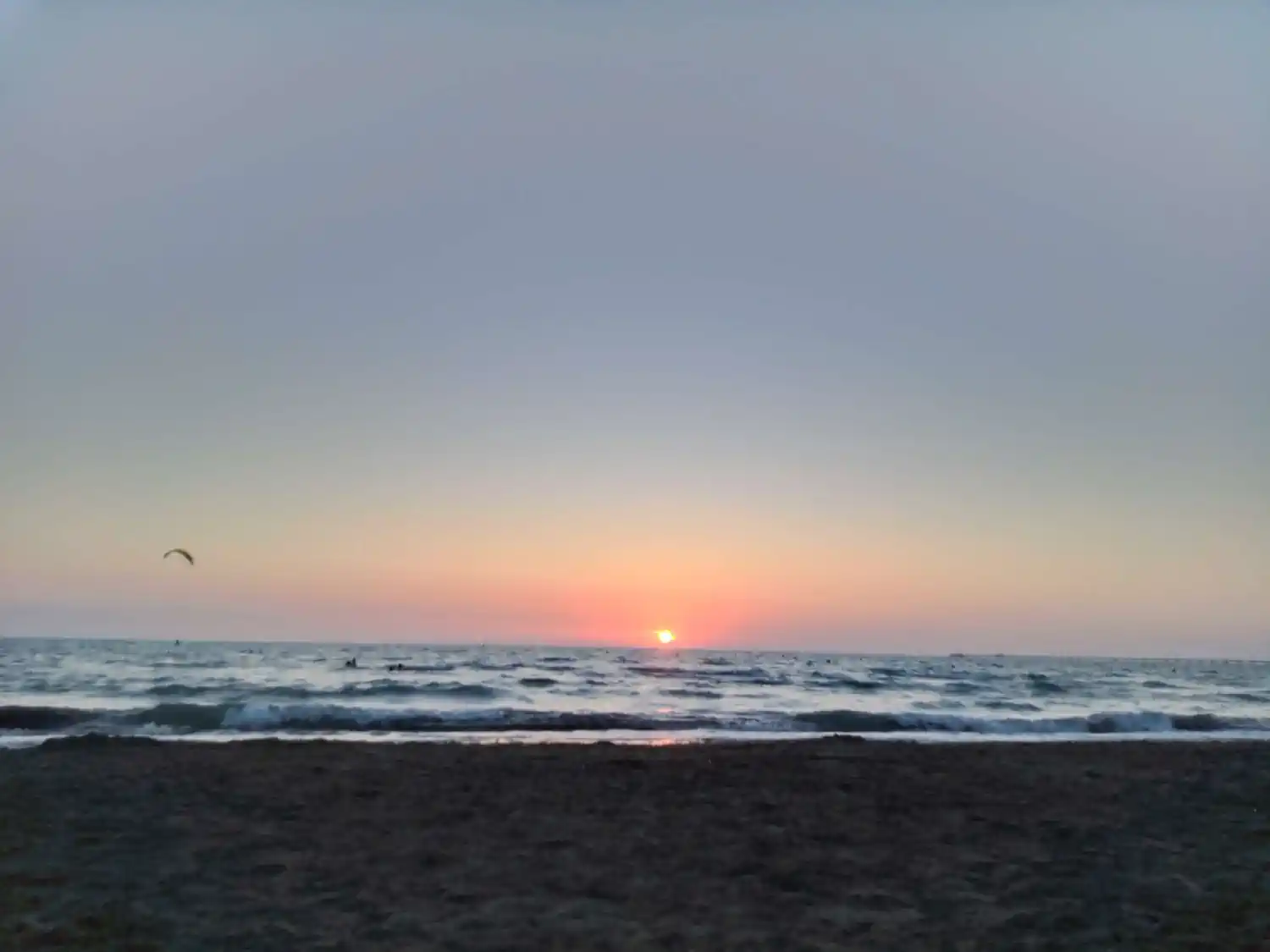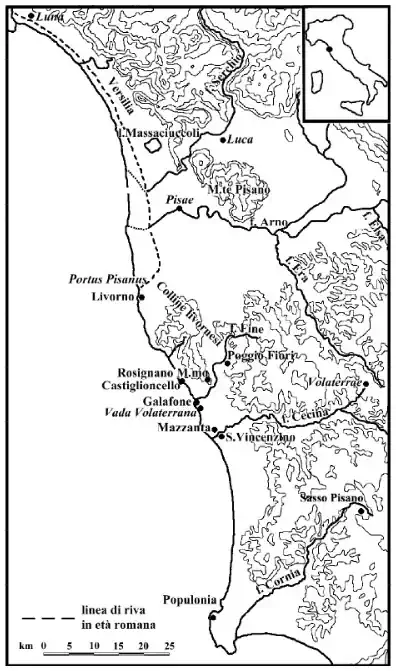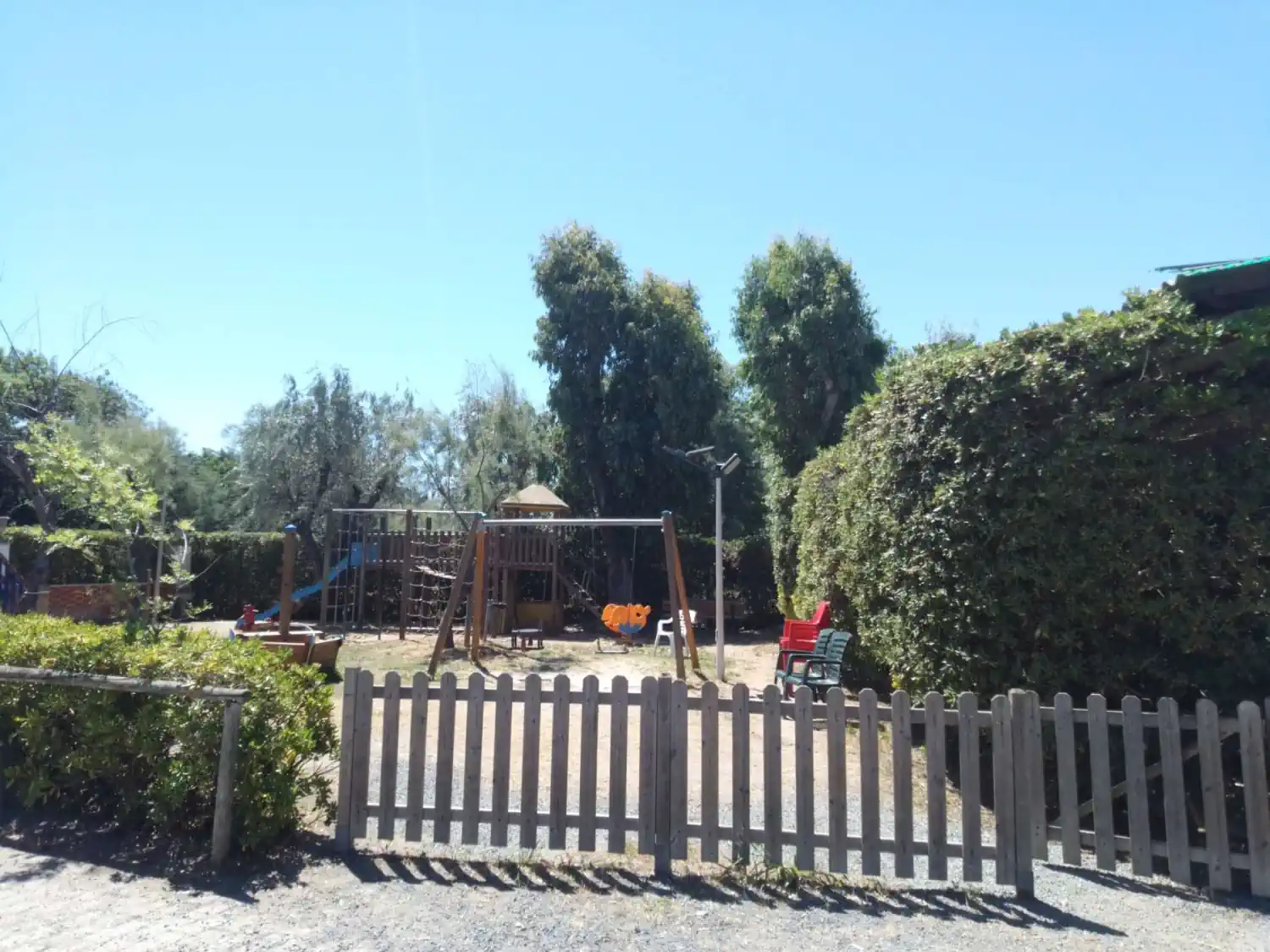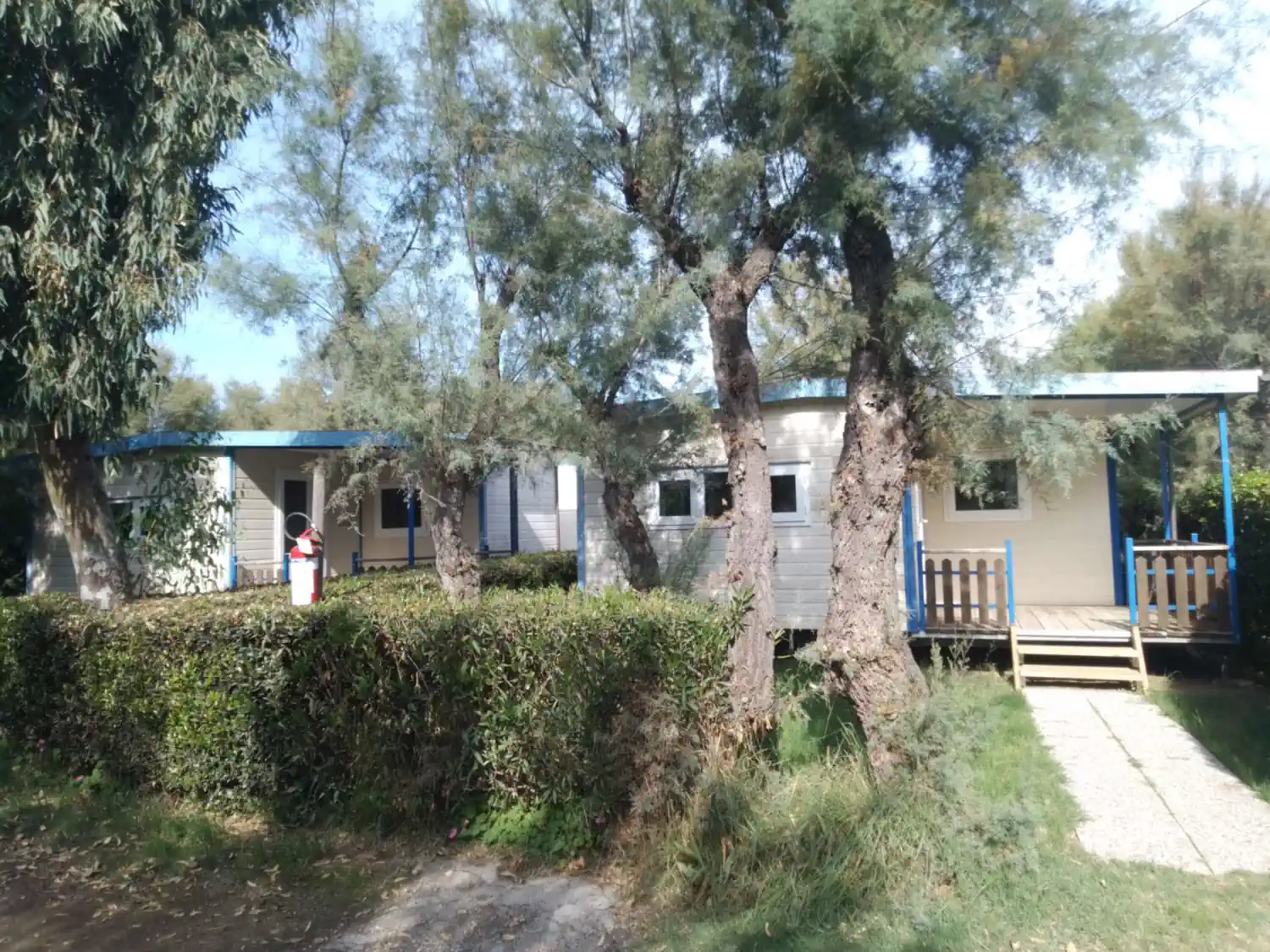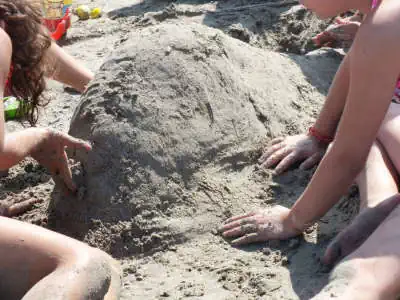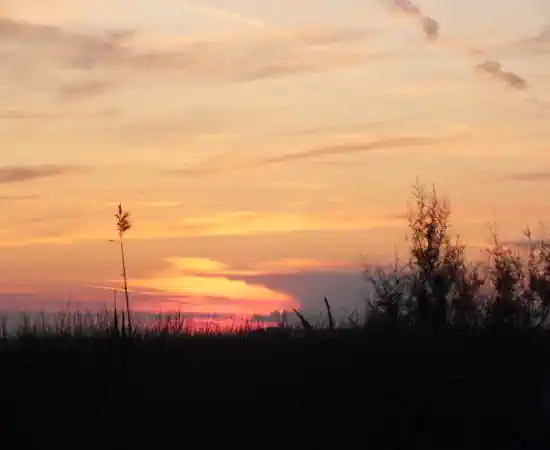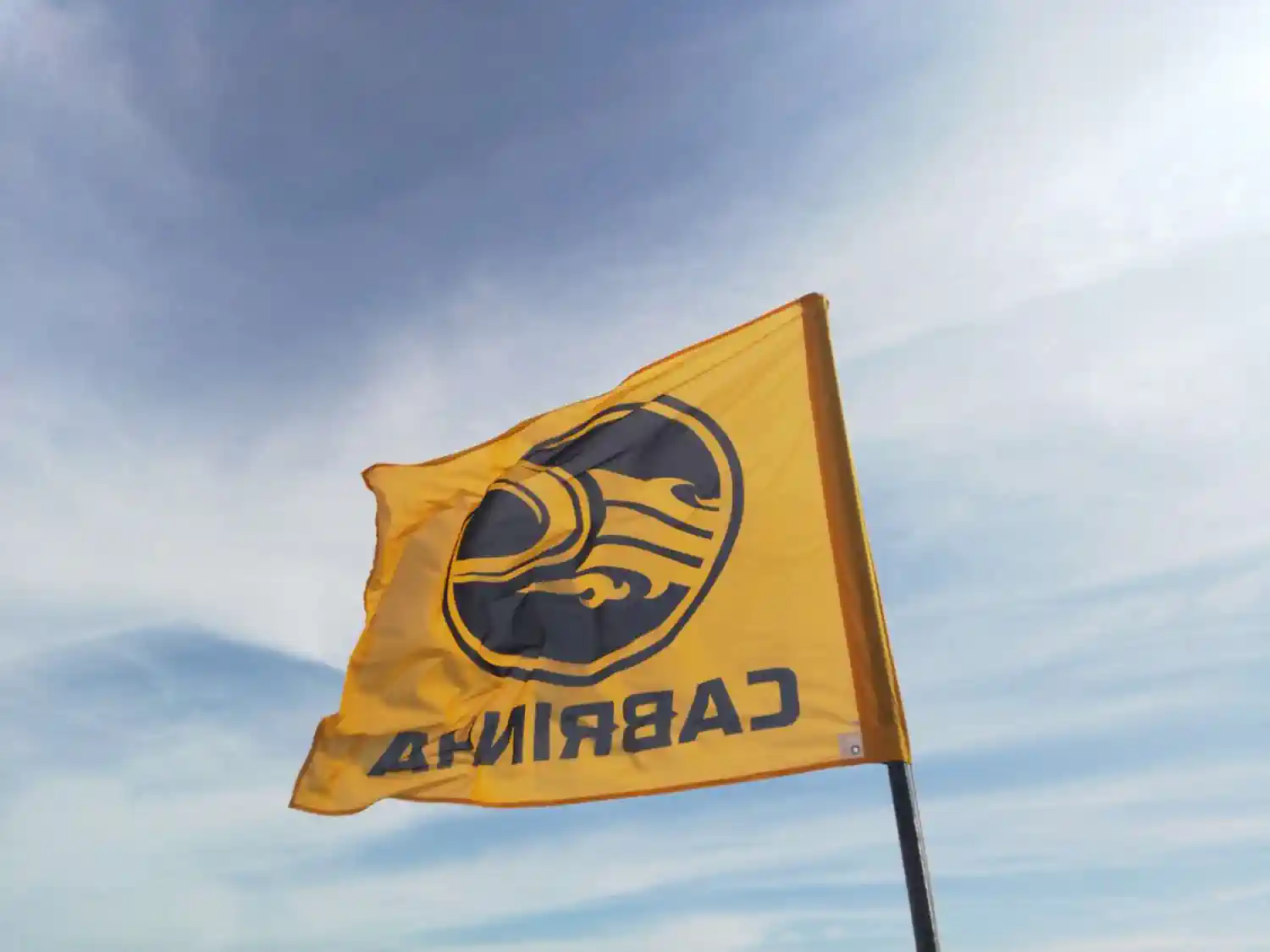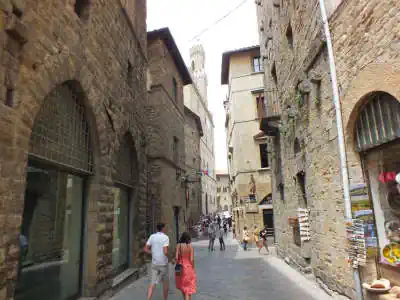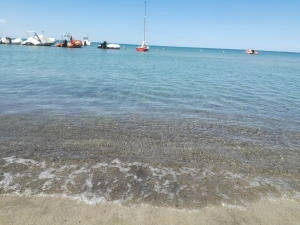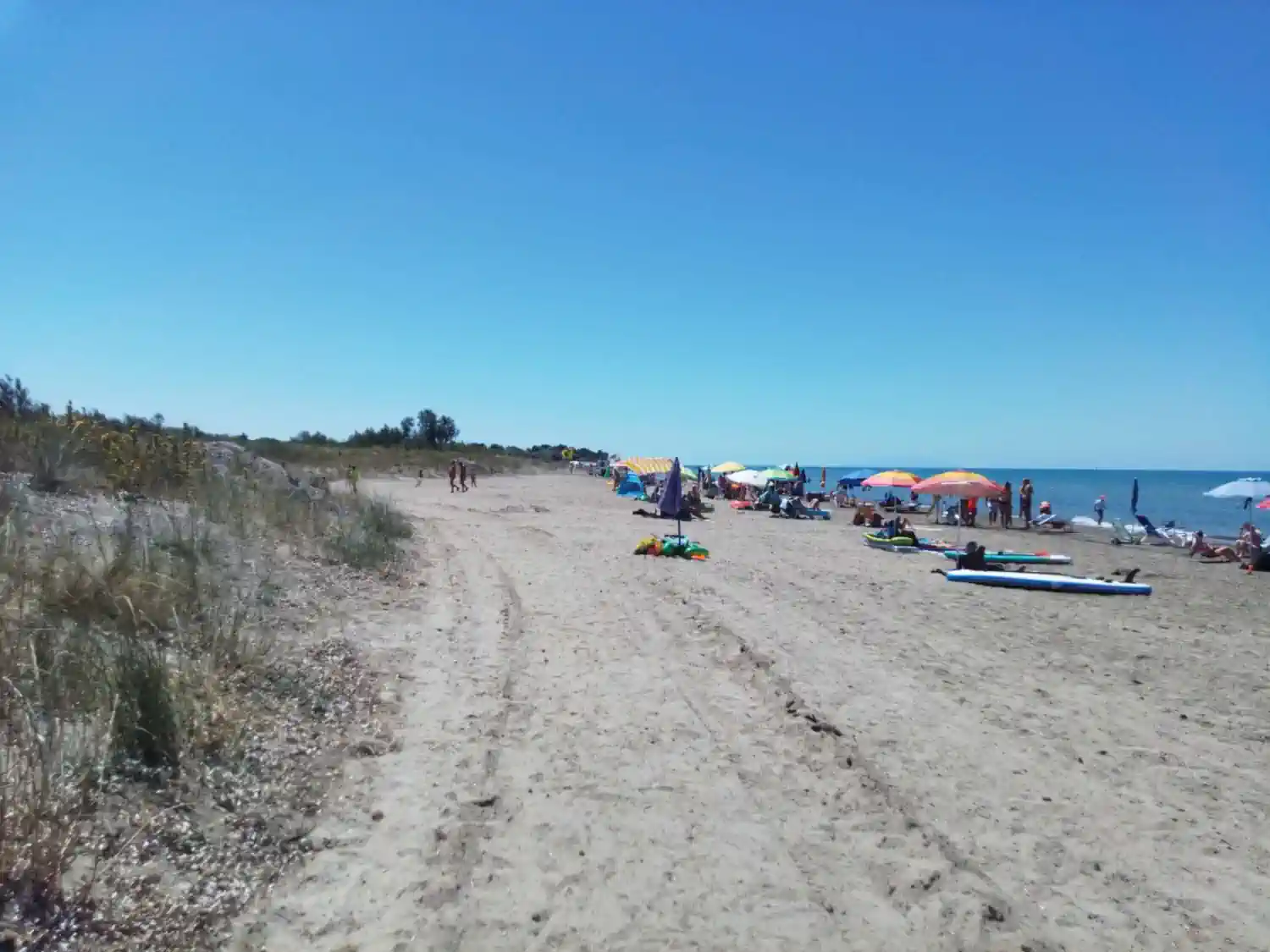Il Campeggio RadaEtrusca: un paradiso naturale a Vada
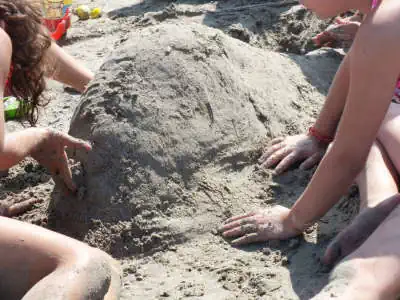
Se stai cercando dei campeggi in Toscana sul mare, il Campeggio RadaEtrusca è la soluzione ideale per te. Si trova a Vada, nella splendida Costa degli Etruschi, ed è immerso nella natura. Qui potrai goderti il mare cristallino, la sabbia dorata e il sole che tramonta all’orizzonte.
Soluzioni di alloggio per tutti i gusti e le esigenze
Il Campeggio RadaEtrusca è un campeggio sul mare adatto a tutta la famiglia, anche ai bambini, che potranno divertirsi in sicurezza grazie all’acqua bassa e alla spiaggia attrezzata. Potrai scegliere tra diverse soluzioni di alloggio, come le casemobili (bungalow) sul mare o le piazzole su fondo erboso per camper, roulotte e tende. Tutte le piazzole sono dotate di energia elettrica (3A) e sono vicine ai servizi igienici e alle docce.
Un punto di partenza perfetto per scoprire le bellezze della Toscana
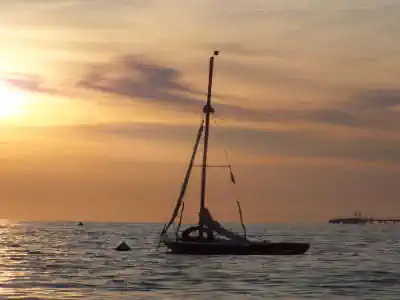 Il Campeggio RadaEtrusca è il punto di partenza perfetto per scoprire le bellezze della Toscana, sia sul mare che nell’entroterra. Potrai visitare le città d’arte come Livorno, Firenze, Pisa, Lucca e San Gimignano, o i borghi medievali come Volterra, Bolgheri, Guardistallo e Casale Marittimo. Potrai anche fare delle escursioni nell’arcipelago Toscano, o rilassarti nelle vicine località termali.
Il Campeggio RadaEtrusca è il punto di partenza perfetto per scoprire le bellezze della Toscana, sia sul mare che nell’entroterra. Potrai visitare le città d’arte come Livorno, Firenze, Pisa, Lucca e San Gimignano, o i borghi medievali come Volterra, Bolgheri, Guardistallo e Casale Marittimo. Potrai anche fare delle escursioni nell’arcipelago Toscano, o rilassarti nelle vicine località termali.
Comfort e servizi per una vacanza indimenticabile
Il Campeggio RadaEtrusca ti offre anche tutti i comfort e i servizi che ti servono per una vacanza indimenticabile. All’interno del campeggio troverai un bar, un ristorante-pizzeria con takeaway service, un piccolo supermarket con prodotti freschi, un parco giochi per bambini. L’acqua erogata nel campeggio è potabile.
